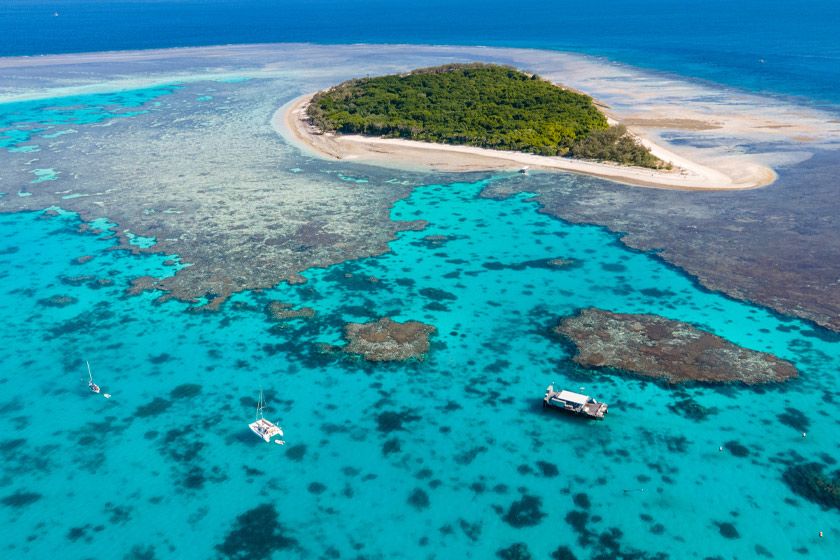Can scientists save the Great Barrier Reef?
Australia's Great Barrier Reef is the largest living structure in the world.

A few minutes every morning is all you need.
Stay up to date on the world's Headlines and Human Stories. It's fun, it's factual, it's fluff-free.
Australia's Great Barrier Reef is the largest living structure in the world. Made up of 3,000 individual coral reefs, the GBR protects Australia's coastlines and hosts thousands of sea species. Plus, it's a major carbon sink, meaning it absorbs and stores carbon from the Earth's atmosphere. On top of that, the GBR is an important part of Australia's economy, attracting more than two million tourists every year, pushing AU$6.4 billion (US$4.3 billion) into the economy and supporting about 64,000 jobs.
Unfortunately, the climate crisis has affected the reef, with warmer waters causing coral bleaching. Last year, scientists found that the amount of all living coral on Earth has declined by half since 1950 due to climate change, overfishing and pollution. Now, some scientists think that we should label the GBR "in danger." In a UN-backed report, scientists said, "The mission team concludes that the property is faced with major threats that could have deleterious effects on its inherent characteristics, and therefore meets the criteria for inscription on the list of World Heritage in danger."
But Australia is actually opposed to this label. Australia's environment minister, Tanya Plibersek, plans to lobby against UNESCO adding the GBR to the endangered World Heritage site list. She said, "The reason that UNESCO in the past has singled out a place as at risk is because they wanted to see greater government investment or greater government action and, since the change of government, both of those things have happened." Australia's current government is committed to reducing the country's greenhouse gas emissions to 43% below the 2005 level as soon as 2030.

The government has also started reef restoration projects. There, scientists are figuring out how to speed up coral reproduction and shift their genetics so they can survive higher temperatures. Some scientists have also been developing "coral-planting" technologies, including something kind of like an underwater drone.




Comments ()